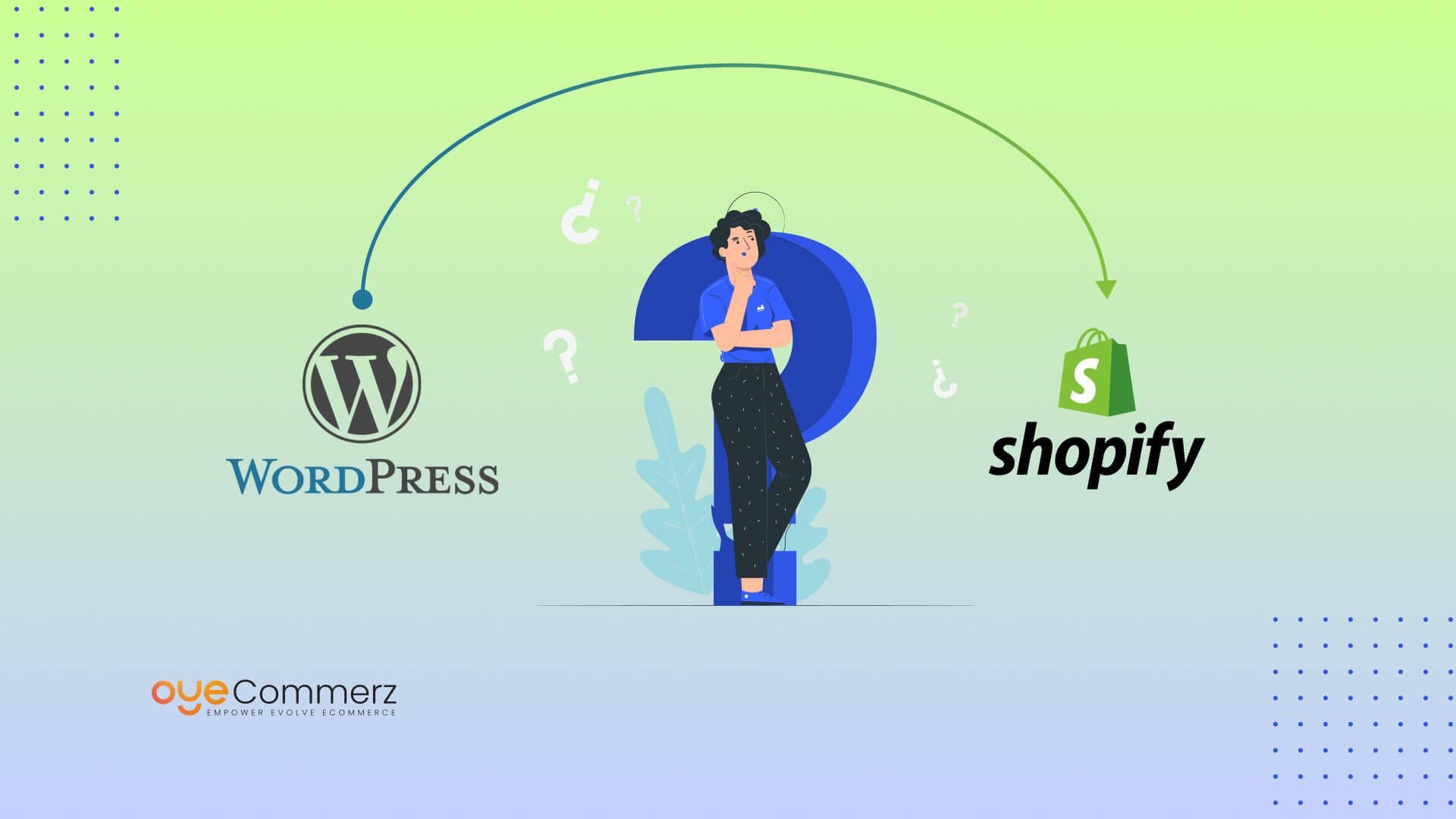Scaling an e-commerce store requires adaptability, growth, and delivering outstanding customer satisfaction.
Considering a move from WordPress to Shopify? You’re probably seeking advanced features, better scalability, and a forward-thinking platform.
Discover the critical steps, expert tips, and proven strategies for migrating to Shopify with minimal disruptions and maximum impact.
Reasons to Transition from WordPress to Shopify
WordPress is a flexible platform, but its dependency on plugins can complicate e-commerce scalability.
Shopify is designed specifically for online retail, offering powerful tools, security, and scalability to fit businesses of any size.
Shopify's reach extends to over 4.5 million stores globally in 2024, confirming its leadership in the e-commerce space.
Switching to Shopify can unlock benefits in payment integrations, mobile optimization, and order management.
Let’s dive into the key steps to migrate seamlessly.
Step 1: Assess Your E-Commerce Needs
Analyze your e-commerce store to pinpoint areas that require improvement or growth.
Pinpoint challenges such as reliance on plugins or suboptimal page speed that restrict growth.
For example, Shopify offers integrated features like Shopify Payments and customizable themes, reducing third-party tool dependency.
Step 2: Create a Migration Plan
Migrating without a structured approach can lead to errors, data loss, or unexpected downtime.
Prepare for a seamless move by addressing essential aspects like inventory details, customer databases, and sales records.
Leverage Shopify’s in-built tools and external integrations to handle data migration securely and efficiently.
Step 3: Personalize Your Shopify Setup
Create a brand-consistent shopping experience using Shopify’s versatile customization tools.
Choose from Shopify’s professionally designed themes or edit them to fit your needs.
Premium themes like “Impulse” and “Prestige” offer advanced features and mobile-friendly designs.
If you’re an enterprise business, Shopify Plus customization takes your branding to the next level.
Partner with Oyecommerz to design Shopify Plus themes tailored for high-performing online stores.
Step 4: Preserve Your SEO Rankings
Maintaining your SEO settings is crucial to keeping your website visible in search results.
With Shopify, you can redirect outdated URLs and retain search visibility.
Use Shopify’s built-in SEO tools to manage metadata and connect analytics platforms.
Studies show that overlooking SEO during migration often leads to a drop in site traffic.
Step 5: Boost Your Store with Key Shopify Apps
Unlock advanced features for your store with Shopify’s rich selection of apps.
Enhance customer retention with tools like Klaviyo and Yotpo designed for email and review management.
Oyecommerz offers Shopify API services to integrate advanced tools and streamline processes.
Let Oyecommerz connect third-party solutions to your Shopify store for smoother operations.
Step 6: Ensure Mobile-Friendliness
With mobile commerce dominating 60% of sales in 2024, mobile readiness is critical.
Shopify themes are inherently mobile-responsive, providing a consistent shopping experience across all devices.
Shopify supports mobile-friendly payment methods, reducing friction at checkout.
Focus on streamlined navigation and speed to maximize mobile sales potential.
Step 7: Empower Your Team with Shopify Training
Shopify’s intuitive platform makes it easy to use, but training reduces post-migration challenges.
Teach staff how to manage products, track orders, and utilize reporting tools for insights.
Team training boosts confidence and efficiency in using Shopify’s advanced functionalities.
Step 8: Verify Store Readiness Pre-Launch
Before going live, perform comprehensive testing to identify and fix any issues.
Ensure that all links work, redirects are in place, and product listings are correct.
Simulate purchases to confirm your store’s payment methods and checkout flow are problem-free.
Proper testing guarantees your customers WordPress to Shopify features will experience a polished and professional site from day one.
Step 9: Promote Your Migration Strategically
A successful migration is a great opportunity to engage and excite your audience.
Use email campaigns and social media to inform customers about the benefits of the new platform.
Showcase features like faster load times and a secure checkout to build trust and excitement.
Conclusion: Shopify – The Key to E-Commerce Growth
Switching to Shopify is not just a migration; it’s a leap toward long-term success.
Shopify’s robust tools, scalability, and seamless integrations create an ideal platform for growth.
For businesses of any size, Shopify offers unparalleled support for achieving e-commerce goals.
Partnering with Oyecommerz Shopify store migration ensures a smooth migration with minimal disruption to your operations.
Trust Oyecommerz to make your migration stress-free and maximize your store’s capabilities.
Ready to elevate your e-commerce strategy with Shopify? Let’s discuss your journey to success.
